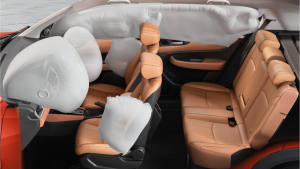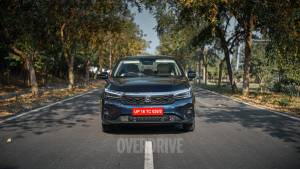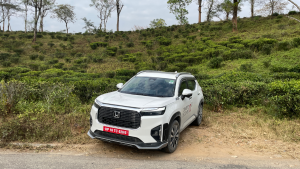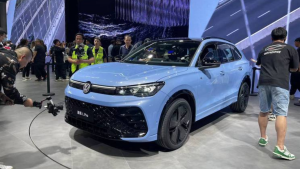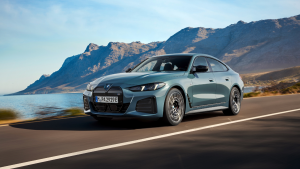Changing faces of the Honda City VTEC
The new fourth generation Honda City has been unveiled and it will be seen on Indian roads as early as January 2014. The City has been the highest selling Honda car in India with the VTEC engine offered in every generation. The latest City will also feature an i-DTEC diesel motor and majority of sales are expected to come from the oil-burner. However, the new City will still continue to feature its proven i-VTEC engine and Honda claims the power output will be even higher. For the longest time, the Honda City held its own against the diesel onslaught in the Indian market solely on the basis of its fantastic petrol motor. So we take a look at the first three generations of the Honda City VTECs that made the nameplate such an icon.
VTEC
VTEC is Honda's take on variable valve timing technology. It has been the cornerstone of brand Honda's worldwide success since the 1990s. In a nutshell, VTEC revolutionalised the way small capacity engines (for cars and bikes) produced power and torque, enabling Honda to build passenger car engines that delivered high performance and fuel efficiency and low CO2 emissions. In due course, Honda's VTEC cars started dominating the global automotive arena and became a cause of headache for rival manufacturers.
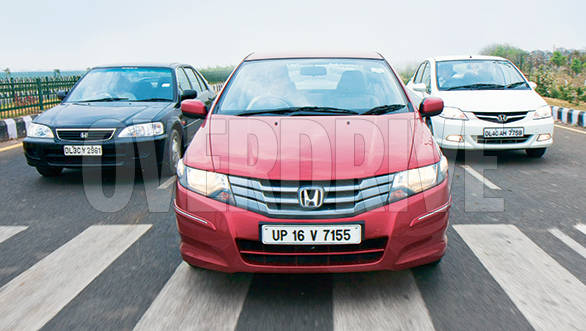 The three generations of the Honda City are completely different from each other showcasing a new design language in every model change
The three generations of the Honda City are completely different from each other showcasing a new design language in every model change
Related stories
- Honda City fourth generation unveiled
- Honda City image gallery
- Honda City bookings open
- Opinion: Honda City diesel won't have it easy
- The new City leads Honda's charge in India
- 10 things you must know about the new City
- Honda City's new i-DTEC engine
The B16A, a DOHC 4-cylinder 1.6-litre engine which produced 160PS at 7600rpm was the first Honda engine available with VTEC and was installed in the Integra, CRX and Civic hatchback sold in Japan and Europe. In 1991, Honda built the Acura NSX powered by the 6-cylinder C30A which produced 272PS of peak power and 250Nm of maximum torque with the help of VTEC. In 2000, Honda unveiled the i-VTEC engine, the 'i' denoting intelligent. The i-VTEC utilises VTEC technology, which adjusts valve timing and lift based on the engine rpm but adds VTC (Variable Timing Control) which continuously adapts to the intake valve overlap depending on engine load. These two systems combine to provide an intelligent valve timing and lift mechanism. The i-VTEC system switches to a highly efficient valve timing mode for acceleration and torque, switches to an economy mode when cruising, delaying intake valve closure to promote enhanced fuel economy. So, unlike the VTEC system which operates the high lift cam once the engine rpm touches a predetermined mark, i-VTEC studies the load condition and the throttle position to determine the load on the engine and switches the high lift cam on or off correspondingly. The Honda CRV was the first car in India to have an i-VTEC engine, the K24A1.
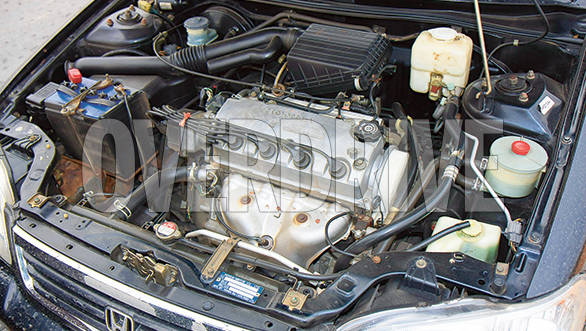 The first gen City VTEC is still the quickest to 100kmph, with a time under 10 seconds
The first gen City VTEC is still the quickest to 100kmph, with a time under 10 seconds
Honda City first generation
Indian enthusiasts got their first taste of VTEC in September 2000 when Honda launched the City VTEC with the B15C2 engine which was a mix of the D15 and the B15 engines and was the same as the 1.5-litre engine of the original City but with the addition of a four-valves-per-cylinder SOHC VTEC head. This engine churned out 107PS at 6800rpm, an increase of 7PS over the City 1.5Exi. Maximum power was also achieved at a higher rpm and the engine had a rev limiter set at 7100rpm rather than 6800rpm on the 1.5Exi. Maximum torque was also increased by 4Nm to 132Nm. This increase in torque can be felt right across the rpm range.
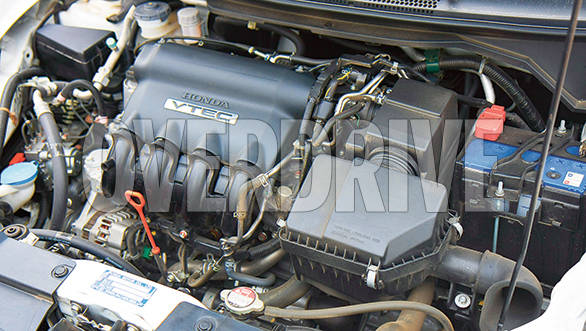 The second gen City VTEC was the least powerful of the lot with 101PS
The second gen City VTEC was the least powerful of the lot with 101PS
When the City VTEC was launched, no other manufacturers offered a high performance engine in their cars (back then 100PS as the stuff of dreams!). Honda though did not shy away from providing hi-tech products for the enthusiast and thus built a reputation that is formidable even to this day. Not only was the City VTEC fast it handled very well and despite no factory support at all it still won multiple Indian rally championships. The engine was also so strong that even today tuners install turbo kits taking power to over 150PS.
Honda City second generation
The second generation City was a letdown from the enthusiast point of view. Not related to the first generation City in any way, it was taller, safer, had better ride but no VTEC. No surprise, petrolheads frowned. VTEC is what gave Honda enthusiasts their daily fix but the new 75PS City with i-DSI was anything but exciting. Two years later, Honda did bring back the smiles by launching the VTEC engined City ZX. It did not have the i-DSI engine, Honda had installed the LI5A VTEC engine instead. This engine produced 101PS of maximum power and 132Nm of peak torque (it was detuned for India because of poor fuel quality). The City ZX was also 50kg heavier than the City VTEC and even with a VTEC engine failed to impress the anoraks.
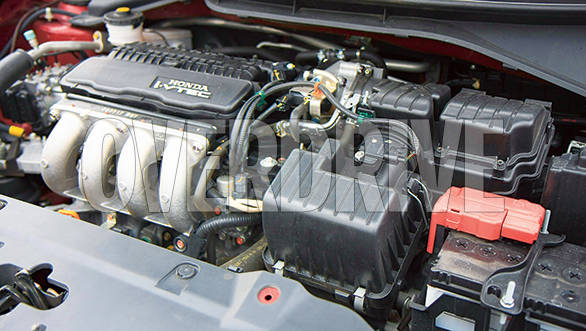 The third generation sports the same L15 engine as the previous model but featured i-VTEC and produced 118PS
The third generation sports the same L15 engine as the previous model but featured i-VTEC and produced 118PS
Honda City third generation
With the launch of the third generation City 1.5 S in September 2008, Honda hoped to please enthusiasts and masses alike. The City 1.5 S grabbed attention with its futuristic look and features. By this time, Honda had clearly understood that VTEC was the way to go in India and the L15A1 SOHC i-VTEC engine was the only engine available. The L15A1 was the tuned up variant of the L15A engine and produced 9PS more. The L15A1 in the City 1.5 S produced 118PS of power, the highest in any C-segment car in India at the time and 146Nm of max torque. With this car, Honda hoped to revive the performance tag associated with the City. Nothing beats the first generation City VTEC in terms of sheer driving thrills. It's loud and low, revs like a maniac and surges forward like a bullet. It also had independent rear suspension which the other two Citys don't; they have the (cheaper) semi independent H type torsion beam rear suspension. Though the second and the third generation Citys were heavier and more fuel efficient, they still remain the quickest cars in their class. The 0-100kmph figure for the first generation City VTEC was 9.8sec while the second and the third generation Citys reach 100kmph in 11.3sec and 11.5sec respectively.
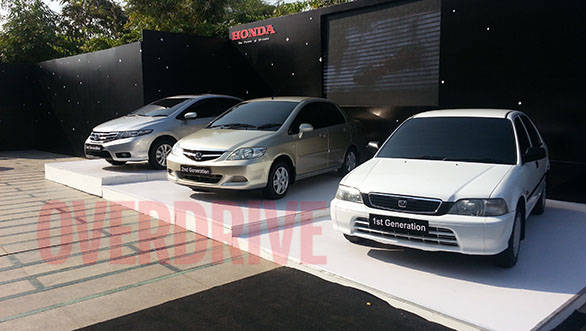 The first three generations of the Honda City
The first three generations of the Honda City
With the introduction of a diesel motor in the fourth generation Honda City clearly aimed at the fuel-efficiency craving masses, will the new Honda City i-VTEC have something to cheer for the enthusiasts? We'll let you know soon. Stay tuned.
Starts Rs 10.9 Lakhs
1497cc
Manual
100
145
17.8 Kmpl
Related Stories
Top Stories
Latest Videos
Most Popular
- Budget Sportbike Showdown: Kawasaki Ninja 500 vs Aprilia RS 457 vs Yamaha YZF-R3
- 2014 Triumph Daytona 675 vs 2024 Kawasaki ZX6R - A Decade of Evolution in Supersport Motorcycles
- Mumbai-Pune Expressway speed restrictions updated
- Nissan Magnite EZ-Shift review - is the AMT any good?
- Nitin Gadkari states that tax on Hybrids should be reduced to 12 percent in the coming future
